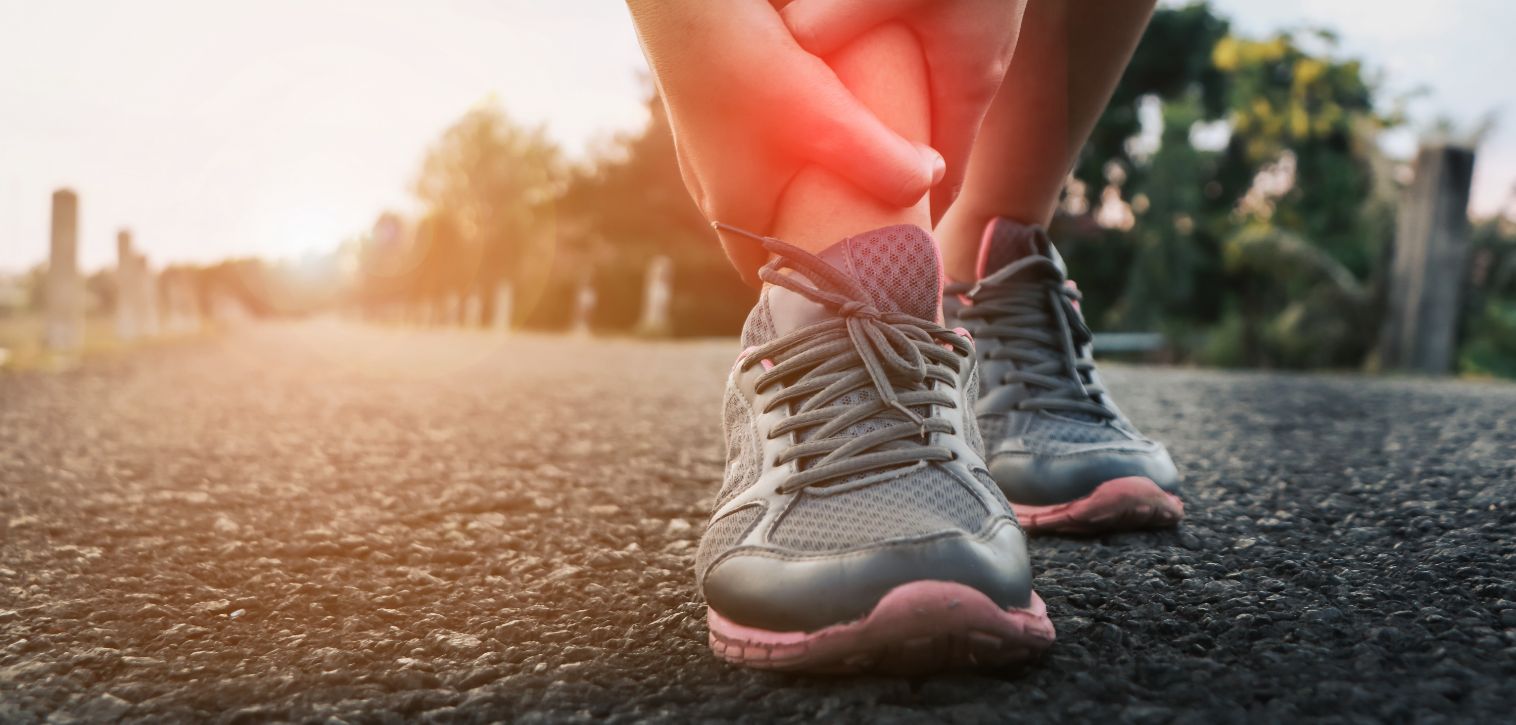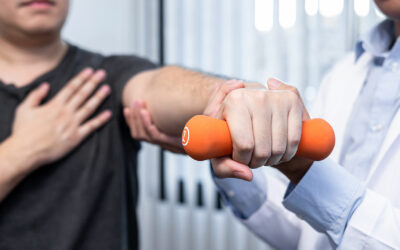Sports injuries are no small matter for any athlete or individual. Without proper treatment or professional help, you risk further injury. To prevent further pain, you should know when to see a doctor for injury recovery.
The biggest mistake anyone can make with a sports injury is trusting that it will get better on its own. Most injuries require at least some medical help. Ignoring worsening signs of injury is a sure way to inhibit your physical abilities.
To manage pain and prevent further injury, you need physical therapy. Helping people recover from injuries is their focus. Plus, they have all the staff and equipment necessary.
If you happen to need physical therapy or need advice on injury recovery, you’re in luck. Read on to find out the telltale signs of when to see a physical therapist. Don’t let your injuries stop you and seek help now!
1. SWELLING AND SORENESS
Swelling joints or sore body parts following an injury are a serious concern. Not only is this uncomfortable, but it may also indicate a higher level of bodily damage. Sore muscles might be a precursor to muscular diseases.
A physical therapist will help you identify the cause of your pain. Methods to help you include muscle therapy or body massages. As these are pains that go away with use, you need expert help to craft a plan for you to follow.
2. NUMBNESS AND NERVE DAMAGE
Nerve damage is a severe symptom of an injury. Symptoms like this tell of damage deep enough that your nerves have lost their connectivity. That’ll often end up with a lack of sensory information or an inability to move.
While medical expertise may help stop the initial injury, it may take months or years to get full functionality. With physical therapy though, you can cut that time down even further.
Frequent use of numb body parts pushes your body to focus on healing that part. With enough use, you can prevent further numbing overall.
3. RECURRING PAIN
Recurring or chronic pain is an extremely distressing condition. Not only are you subjected to bouts of pain, but you also must live with it. Not knowing when the next bout is will leave anyone feeling hurt and frustrated.
If you suffer from frequent recurring pain, then don’t hesitate to get a physical therapy session.
To address chronic pain, physical therapy has a few solutions. Often, this form of injury recovery helps you to restore your physical capacity. That means going through a routine that unlocks more movement and flexibility.
After an injury, pain is likely to return if any movement or stress exacerbates the injury. With the right set of routines, you can get your body used to this stress. This tells the nerves that they should stop sending pain receptors to your brain.
4. WEAKENED JOINTS
Joint injuries (more specifically, knee injuries) are the most common type of injury. Following a nasty fall, a person may suffer from a weakened knee joint. This means that the knee injury is not fully healed yet and requires attention.
There are a variety of injuries that may happen to your knee joints. Other than fractures, your knees may also weaken and fail to support your body. This results in difficulty standing up or doing menial tasks.
Physical therapy helps in this regard by strengthening your knees and reinforcing your leg muscles. It places an emphasis on helping your body to adapt and compensate for the injury. This compensation puts less strain on your joints and allows for faster healing.
5. PERMANENT PAIN
Permanent pain is common among athletes due to the frequent injuries they suffer. Common ones such as ankle sprains, fractures, and torn tendons can compromise their performance. This pain gets worse if an athlete does not recover fully and injures themselves again repeatedly.
This cycle of poor injury recovery will sometimes result in permanent pain for an athlete. As the injury never truly faded, the body part afflicted is weaker. The weaker it is, the more prone it is to injury again.
To prevent permanent pain, a physical therapy clinic will assess the level of damage done to the athlete’s body. The more damaged they are, the longer the recovery period.
Using three phases, a physical therapist will let an injury heal, then focus on returning their physical ability. These three phases are the acute, sub-acute, and chronic phases.
The first phase will require immediate attention, as the faster people work, the less the injury will be. This includes the famous R.I.C.E method to lessen swelling. After this phase, the next two will focus on healing and improving muscle movement, which will lead to greater workouts.
6. REDUCED MOBILITY
Reduced mobility is a side effect of a sports injury that’s healed wrong. It may be due to stiff joints or pained tendons and ligaments. Either way, help from a physical therapist is invaluable.
The more time you spent getting accustomed to this reduced mobility, the more likely it is to spread. Moving your body more will further strain your body, unless you know what you’re doing. With a physical therapist, you get a set of movements that exercise and develop your mobility.
7. PAIN MEDS DON’T WORK FOR YOU
Often, over the counter medication will work well enough to help you through the pain. However, there are some instances where they don’t do anything for you.
This is an indication that deadening the nerves won’t be enough to kill the pain. It can show that something in your body has some trauma affecting it. These injuries often run deep, causing pain, even through painkillers.
Checking in for physical therapy can help you deal with the pain better. First, they’ll do so through small adjustments to get your body back to form. Then, they’ll address any further damage through bracing and other methods.
GET PROFESSIONAL INJURY RECOVERY TODAY
The best injury recovery happens onsite at the best physical therapy clinics. Help your body recover by scheduling an appointment today!
If you need physical therapy in Orange County, then you’re in luck. Contact us today for the best Orange County physical therapy worth your time.



